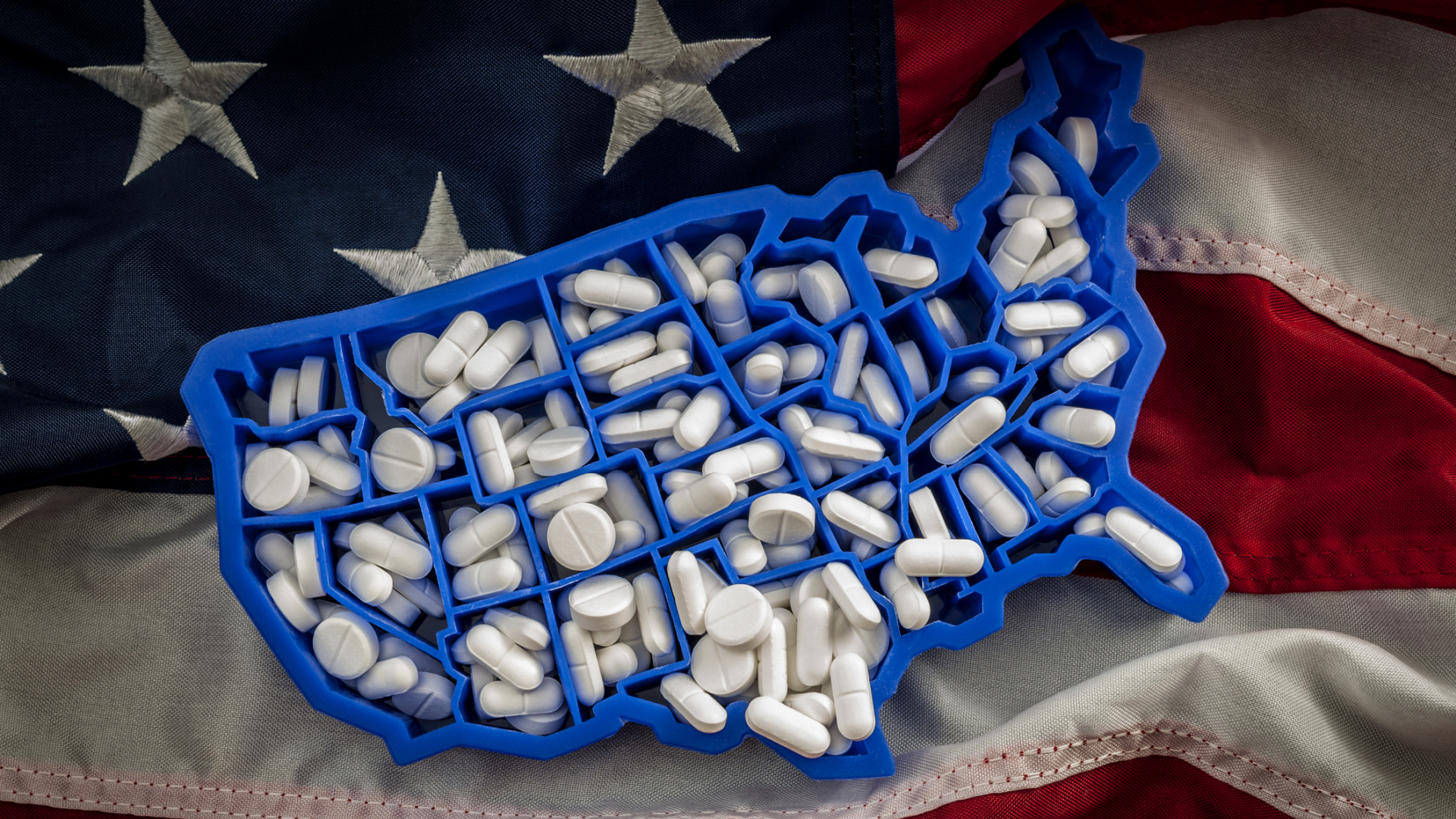State Toolkit to End the Nation’s Drug Overdose Epidemic: Leading-Edge Actions and Strategies to Remove Barriers to Evidence-base Patient Care
The 2022 AMA-Manatt Toolkit builds on a previously published roadmap by providing actionable resources that states can use to take specific actions in six policy areas: (1) Increase access to evidence-based treatments to help patients with a substance use disorder (SUD); (2) Ensure access to addiction medicine, psychiatry, and other trained physicians; (3) Enforce mental health and substance use disorder (SUD) parity laws; (4) Improve access to multidisciplinary, multimodal care for patients with pain; (5) Expand harm reduction efforts to reduce death and disease; and (6) Improve monitoring and evaluation....









